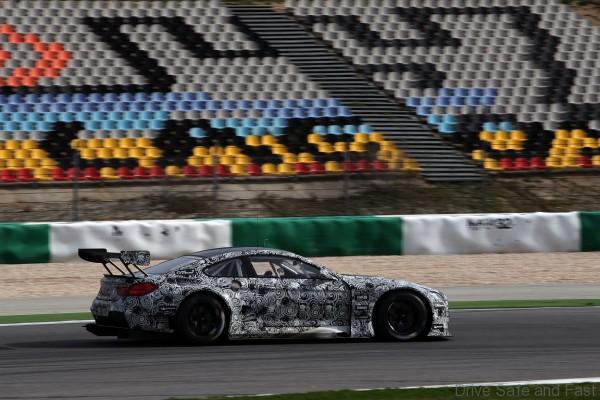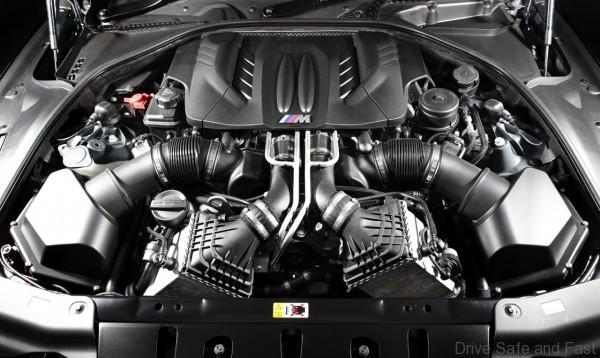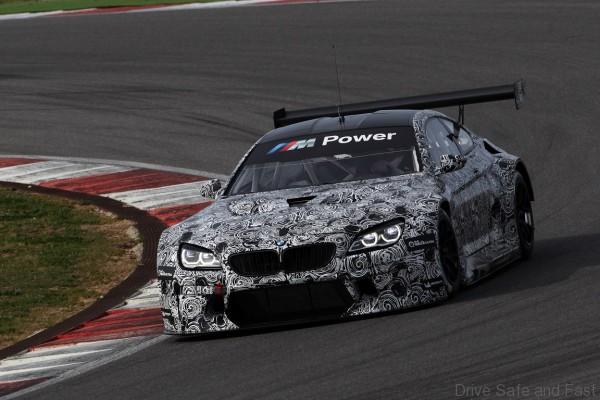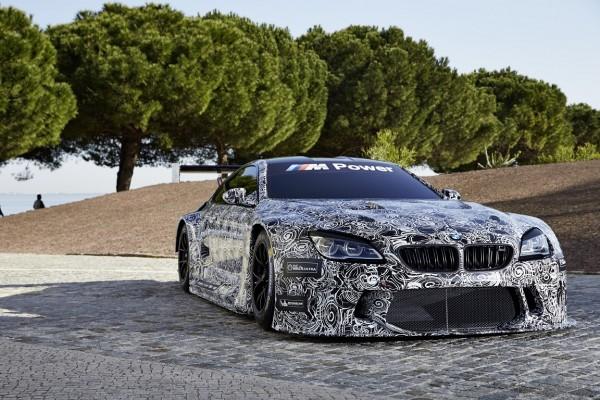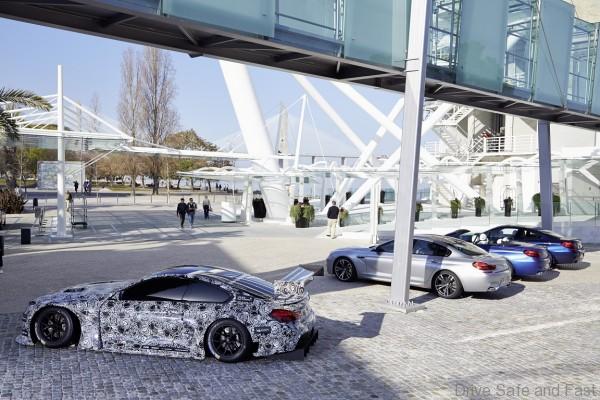BMW M6 GT3 continues to be dialed in at Monteblanco and Portimão
Going from a Z4 to an M6 for their GT3 class car cannot be an easy task for BMW Motorsport. For one the chassis is larger and heavier, meaning there has to be a lot of work done to make their new GT3 platform as nimble and spritely as necessary for racing. The M6 and it’s 4-door M5 brother weighed in at close to 2 tonnes for their road going variants- a lot of work will be necessary to shed that weight and make the car competitive.
Of course shedding weight and dialing in the chassis isn’t such a difficult task for a seasoned motorsports development team. Years upon years of producing great GT3 cars has provided the BMW Motorsport engineers with the knowledge and techniques to turn a road car into a race car. What is more interesting is the introduction of the TwinPowerTurbo engine with this M6 GT3.
Turbocharging is hardly seen amongst GT3 cars. There are a variety of reasons for this, the least of which being the multiplication factor of 1.7 for displacement, which forces teams to run a smaller air restrictor and a higher dry weight. FiA is all about ensuring a level playing field, and turbocharged cars are capable of producing more torque and power than their naturally aspirated brothers.
It also adds a great deal of heat and complexity to an already large problem of heat and complexity. Race cars are required to run, at times, up to 24 or 25 hours without a break. In comparison, most road cars can barely handle 4 to 5 laps on a race track without cooking their brakes and tyres. Some more serious cars also start suffering from heat soak, which is a result of prolonged high temperatures in the engine bay. Forced induction introduces a lot more heat and pressure to the system, making it more difficult to keep a car running in optimal conditions.
Drivelines also need to be engineered to take this extra torque. Perhaps this is the reason why for now, the few notable turbocharged contenders in the GT3 race class would be the R35 GT-R and Bentley’s turbocharged V8 super-barges. Mercedes opted to go with the older naturally-aspirated 6.2 litre V8 for their AMG GT3 race car, as opposed to the smaller turbo V8 from their road car.
The M6 chassis provides a few things that work in favour of BMW Motorsport. The longer wheelbase adds stability when dealing with higher speed corners. The wider track and larger body in general allow for better composure. Aerodynamic packages can be better designed, and the extra weight makes it slightly easier to develop suspension systems- especially for tracks like the Nurburgring where the cars will jostle over undulations. But ultimately, what we want to see is how BMW Motorsport will deal with the turbocharged 4.4-litre mill; whether they can tame it and make it competitive, even once FiA determines restrictor size and other field-levelling measures.



